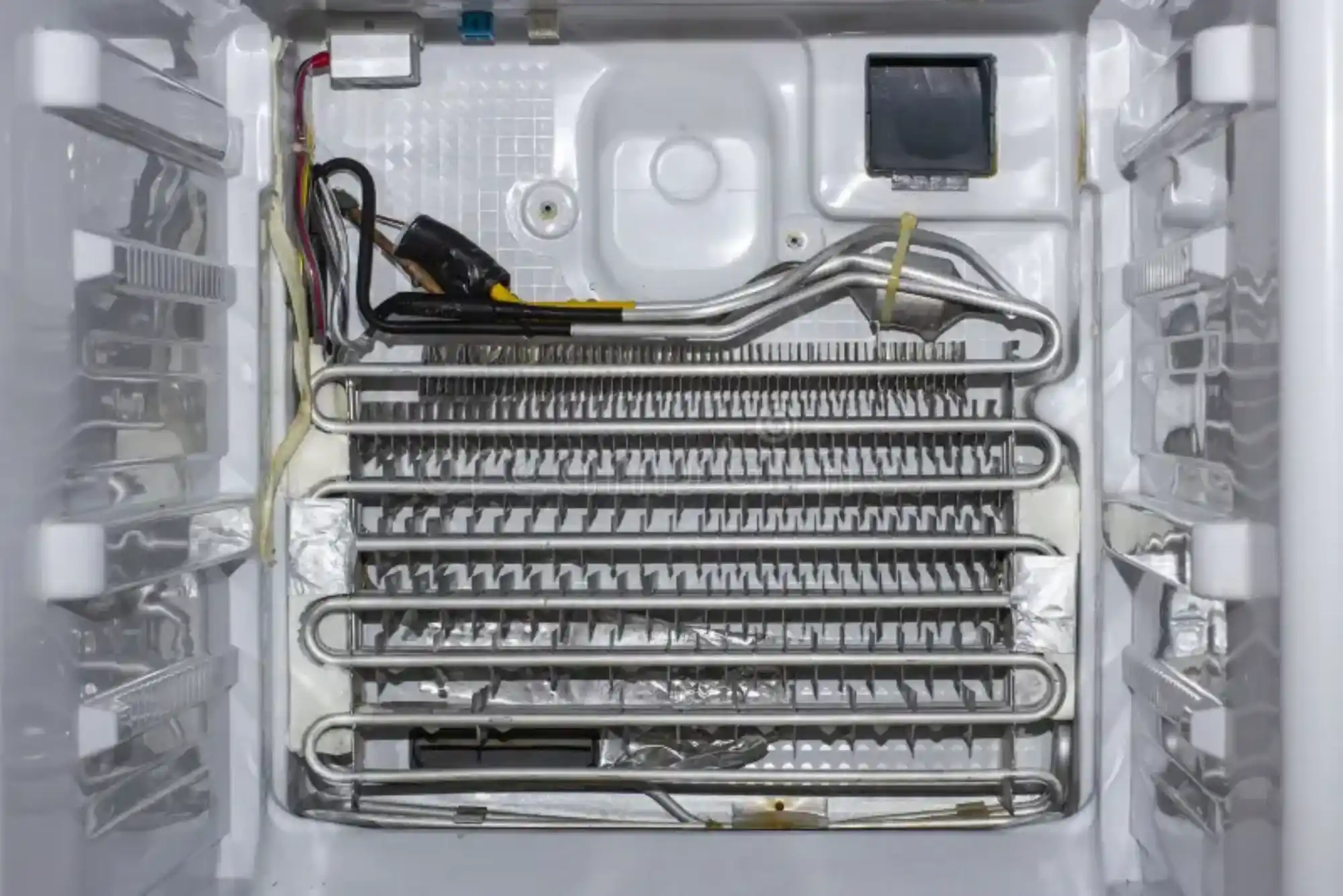When looking at electric vehicles like the GAC AION Y, one term that often comes up is WLTP range. WLTP stands for Worldwide Harmonized Light Vehicles Test Procedure—a standardized method used in many regions to measure how far an electric car can travel on a full charge. Unlike older systems, WLTP aims to provide results that are closer to real-world driving conditions by accounting for factors like city traffic, highway speeds, and various driving styles.

How the AION Y Performs Under WLTP
The GAC AION Y is designed with range efficiency in mind. Under the WLTP testing framework, it delivers a performance that aligns well with the daily needs of most drivers. The model offers different battery configurations, giving drivers the option to choose a range that suits their lifestyle, whether it’s for city commuting or longer weekend drives.
Their engineers have focused on optimizing battery usage through energy-efficient motor control and smart regenerative braking systems. These features help extend the usable range without sacrificing performance or comfort.
Why WLTP Range Matters
For potential EV buyers, WLTP range offers a more accurate estimate of what to expect from a vehicle in everyday use. It helps set realistic expectations and reduces the gap between laboratory figures and actual driving experiences. Knowing the WLTP range of the AION Y gives drivers more confidence in planning routes and understanding how the car will perform in typical conditions.
It’s also a practical benchmark for comparing EVs across different brands and models. Since the WLTP test is standardized, it levels the field and helps buyers make informed decisions based on consistent data.
Conclusion
GAC‘s AION Y demonstrates how a thoughtful approach to range and efficiency can meet real-world needs. By performing solidly under WLTP standards, they offer drivers a clear picture of what the vehicle is capable of. For those seeking reliability in daily travel, the AION Y’s WLTP range provides a practical foundation to build on.





